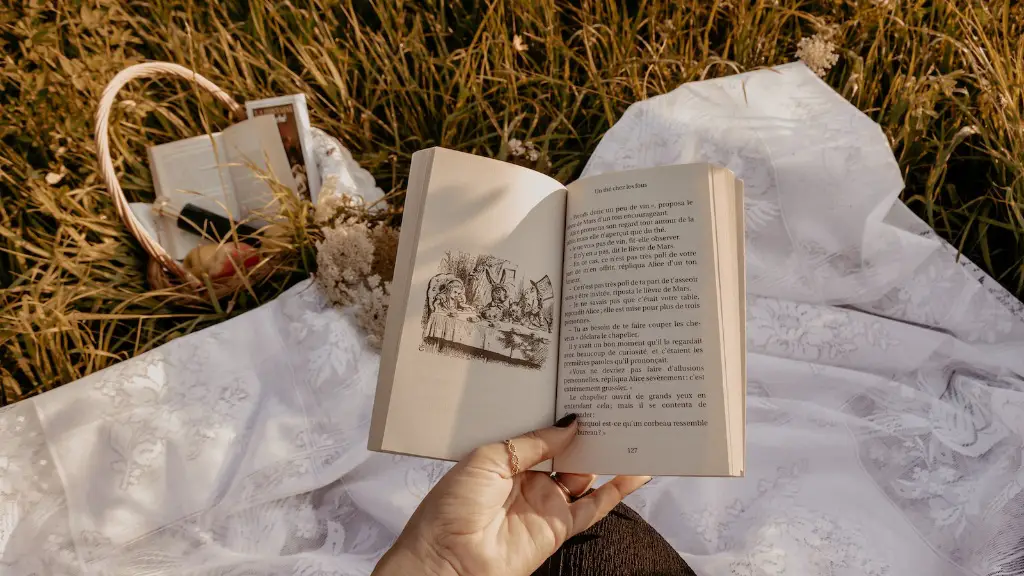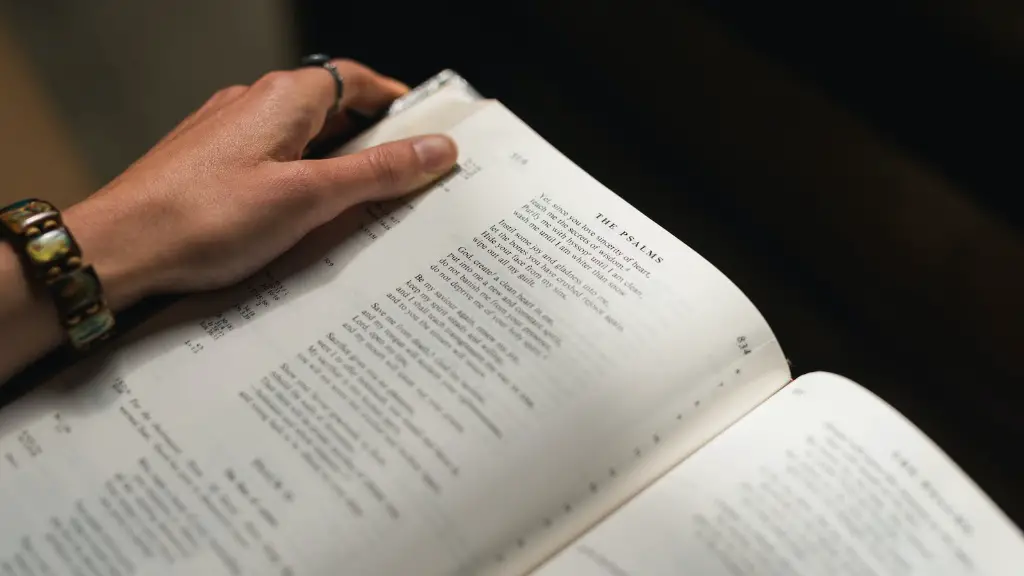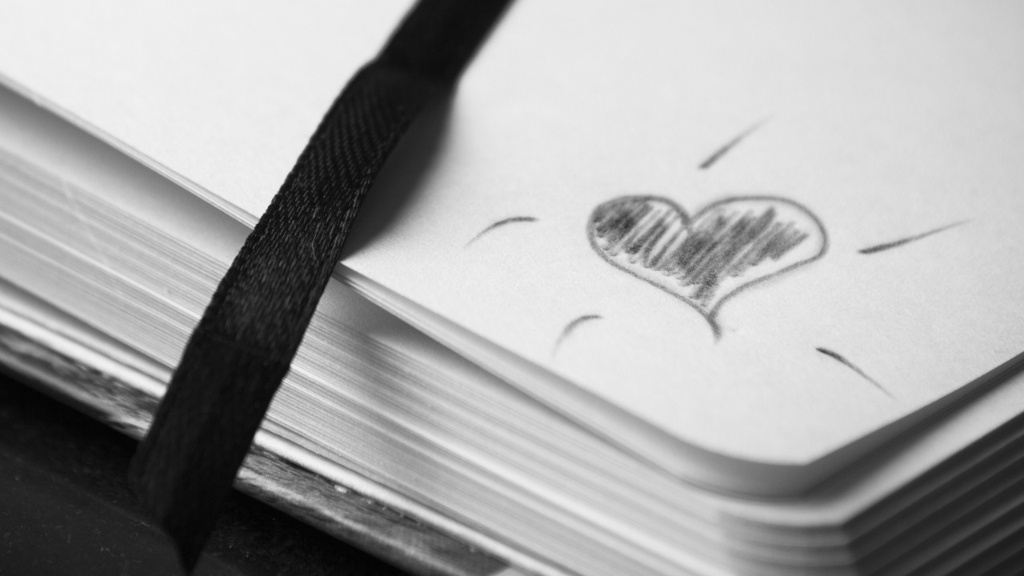The poem ‘A Caged Bird’ by Maya Angelou is a powerful work of literature, which speaks of the struggle of those who are trapped in unjust environments. In the poem, Angelou focuses on the idea that people living in such oppressive circumstances can still find hope, even in their circumstantial darkness. Through her vivid imagery and her masterful use of rhetoric devices, Angelou creates a beautiful yet depressing poem rife with symbolism and allegory.
The poem starts off by comparing a caged bird to a free bird. It presents a stark contrast between the two states of being, with the caged bird being confined and the free bird being unbridled in its flight. It is a cry for freedom and the wish for a better life than the monotonous routines of imprisonment. As Angelou continues with her verses, she utilizes a plethora of symbolic devices, such as the imagery of sunshine and shadows, to show the duality of life and death, joy and sorrow, and imprisonment and freedom.
The poem’s protagonist is a caged bird, yet he is not alone in his captivity. Angelou paints a vivid picture of a multitude of birds in a single cage, representing the collective weight of oppression faced by many. Furthermore, the caged birds are partially shrouded in darkness, suggesting the lack of light experienced by those living in such environments.
The constant oppression of the caged bird is conveyed by Angelou’s clever use of metered language. The rhythmical regularity of the poem serves to represent the repetitive nature of the caged bird’s imprisonment, as well as the longing for a life of freedom. Moreover, Angelou successfully conveys the idea that even though hope may seem fruitless, it is always present in some form.
The poem ends with the caged bird singing a song of freedom, a melodic lament for liberation. The song is Angelou’s acknowledgment of the universal struggle for freedom, not just for the caged bird, but for all those that are trapped in oppressive environments. ‘Caged bird’ is one of Angelou’s finest works, a succinct and powerful exploration of the effects of oppression on human life.
Symbolic Devices
The poem ‘A Caged Bird’ by Maya Angelou is a powerful work of literature due to its wealth of symbolism and imagery. The first stanza of the poem starts with a comparison between a caged and a free bird, using vivid imagery to create a contrast between the two states of being. This comparison serves to set the overall tone of the poem, and to portray the caged bird’s longing for unrestricted flight. Symbolic devices are also used to illustrate the various ways in which humans are oppressed and confined, such as the overcrowded cage full of birds and the shadows that partially shroud them.
Moreover, Angelou further emphasizes the idea of struggle and confinement through the use of repetitive patterns in her language. This creates a rhythmical effect, to illustrate the bird’s monotonous routines in captivity. Furthermore, Angelou uses symbols, such as sunshine and shadows, to represent the idea of the simultaneous presence of joy and sorrow in life.
Finally, the caged bird’s haunting song of freedom serves as a powerful symbol in the poem, representing the collective struggle of those who are oppressed and confined. Angelou’s utilization of symbolism and imagery add a modernist, yet pessimistic undertone to the poem, which furthers the overall sense of loneliness and hopelessness expressed by the caged bird.
Thematic Presentation
The poem ‘A Caged Bird’ by Maya Angelou is a modernist masterpiece due to its pervasive themes of freedom, oppression and struggle. At the center of the poem is the caged bird—confined and unable to fly, but metaphorically representing those who are bound by oppressive circumstances. Angelou employs symbolism, imagery and structural devices to illustrate the unending struggle for freedom.
The poem is highly symbolic of the human condition. Angelou’s use of imagery, such as the contrast between a free and caged bird, serves to illustrate the longing for freedom that is felt by those who are trapped in oppressive environments. There is a collective oppression represented by the overcrowded cage, as Angelou paints a vivid image of a multitude of birds in a single cage. This further highlights the plight of those who are constrained by oppressive circumstances.
Moreover, throughout the poem Angelou utilizes periodic language, creating a rhythmical effect that serves to symbolize the constant repetition of the caged bird’s imprisonment. This further emphasizes the despair felt by those who are bound to oppressive routines. Finally, the presence of sunshine and shadows underscore Angelou’s theme of duality—illustrating the presence of joy and sorrow. The caged bird’s plaintive song of freedom serves to emphasize Angelou’s central theme of the struggle for liberty and the desire for a life of freedom.
Rhetorical Devices
The poem ‘A Caged Bird’ by Maya Angelou is a masterfully crafted piece of literature due to its utilization of rhetoric devices. Many of Angelou’s devices are used to emphasize her theme of struggle, confinement and liberation. Throughout the poem she employs contrast and comparisons to illustrate the stark differences between a life of confinement and a life of liberty.
In the poem, Angelou utilizes imagery to emphasize her theme. The contrast between a free and caged bird serves as an analogy for the struggle for freedom, and the image of the overcrowded cage is symbolic of collective hardship. Similarly, the metaphor of sunshine and shadows is used to represent the idea of joy and sorrow. Both examples illustrate the simultaneous presence of happiness and despair in life.
Furthermore, Angelou’s use of repetition and meter serves to symbolize monotony and longing. The regularity of the poem’s cadence is employed to represent the repetitive nature of confinement and the longing for freedom. Moreover, alliteration is used to emphasize important details, such as the caged bird’s ‘learnèd harmony’. This quote serves to draw attention to the powerful symbol of the song of freedom, which emphasizes Angelou’s theme of oppression and hope.
Conclusion
The poem ‘A Caged Bird’ by Maya Angelou is an amazing example of a powerful work of literature. Throughout the poem, Angelou utilizes a plethora of rhetoric devices and symbols to illustrate her theme of struggle, confinement and liberation. Her clever use of imagery further serves to emphasize the feelings of despair and longing for freedom that those who are oppressed often feel. Symbolism and metaphors are used to show the duality of joy and sorrow, and repetition is used to illustrate the monotony of confinement and the unending longing for freedom. Furthermore, the caged bird’s song of freedom serves as a powerful symbol of the collective struggle for liberation. ‘Caged bird’ is one of Angelou’s finest works, and is a testament to her profound literary talent.



